In La Turbie, you will travel back to the days of the Roman Empire and see traces of the power of Octavian Augustus. Thanks to the ruins of a huge and unusual Roman monument, you can still feel the atmosphere of the events that occured in the town 2000 years ago. But also from here, the view of Monaco and the French Riviera will be remembered for the rest of your life – I guarantee it.
La Turbie is a small town on the French Riviera, and is located in a picturesque setting above Monaco on a high outcrop of rock (450 m above sea level). The name of the town comes from the Latin word tropaeum, meaning a trophy, and refers to the building erected here by the Romans.
From Nice, La Turbie is best reached by car or scooter using the highest road on this route, la Grande Corniche. Just drive straight ahead, admiring the amazing views of the Cote d’Azur along the way. Bus number 106 also runs there – but only rarely.
The Trophy of Augustus in La Turbie
The previously mentioned Roman building is the Trophée d’Auguste (Trophy of Augustus) or le Trophée des Alpes (Alpine Trophy). It was originally a huge monument commemorating the Roman emperor, Octavian Augustus’ victory over the tribes of Liguria who once inhabited this area of the Maritime Alps and attacked merchants on Roman trade routes.
The base of the monument was in the shape of a square, on which was a circle of columns crowned with a conical dome and supporting a 6-meter tall statue of Augustus. The entire building with base and columns was 50 meters high. Today’s ruins reach 36 meters. The inscription, which was recreated thanks to ancient records, praised Augustus and listed the names of the tribes he had defeated.
In the first century C.E. the capital of this area was the city of Cemenelum, today’s Cimiez, a district of Nice.
In the Middle Ages, the monument was fortified and occupied. In 1705, on the order of Louis XIV, the fortress was partially demolished and the stones were used as building material. You can still see them today, for example, in the foundations of a nearby church.
Better times came for the monument when in 1860 Nice became part of France. The remains of the monument were entered on the list of historical monuments, and in 1905 work began on its partial reconstruction, which was possible thanks to the financial support of an American called Edward Tuck.
Since the monument has had many faces throughout its history, and its reconstruction was expensive, its present shape is only a fragment of the old work. However, it allows you to imagine how large the building was.
Visiting the Alpine Trophy
The Alpine Trophy at La Turbie can be visited every day of the week except Mondays. The ticket costs 6 euros, and the staff also speak English and are very polite. Sightseeing takes about 1 hour.
Before entering this attraction, however, you must go to the edge of the rock and see the panorama of Monaco from this look-out point. I can assure you that this view will always remain in your memory! Unfortunately, photos do not reflect even half of the emotions that accompanying viewing this panorama.
The monument’s opening hours can be found at trophee-auguste.fr.
Right next to the monument, within its grounds, is a small museum. It’s worth visiting this before going on to the top of the monument. Here you can learn a lot about its former appearance and how it was renovated. There is also a model of the complete monument and a copy of the statue of Augustus from the top of the monument.
The Dog’s Head
Finally, something else that’s interesting. The Roman monument stands on a hill, and the part of this hill that is closest to the sea is called la Tête de Chien, or the Head of a Dog. In pre-Christian times, the Romans placed an army here, and named the area a military district of Alpes Maritimes.
- View of Monaco from La Turbie
- La Turbie
The views from Dog’s Head are stunning and you can reach them by car. The rock itself does not necessarily resemble a dog’s head, and its present name is derived from the old phrase, Testa de camp, which in turn was related to the troops stationed here.

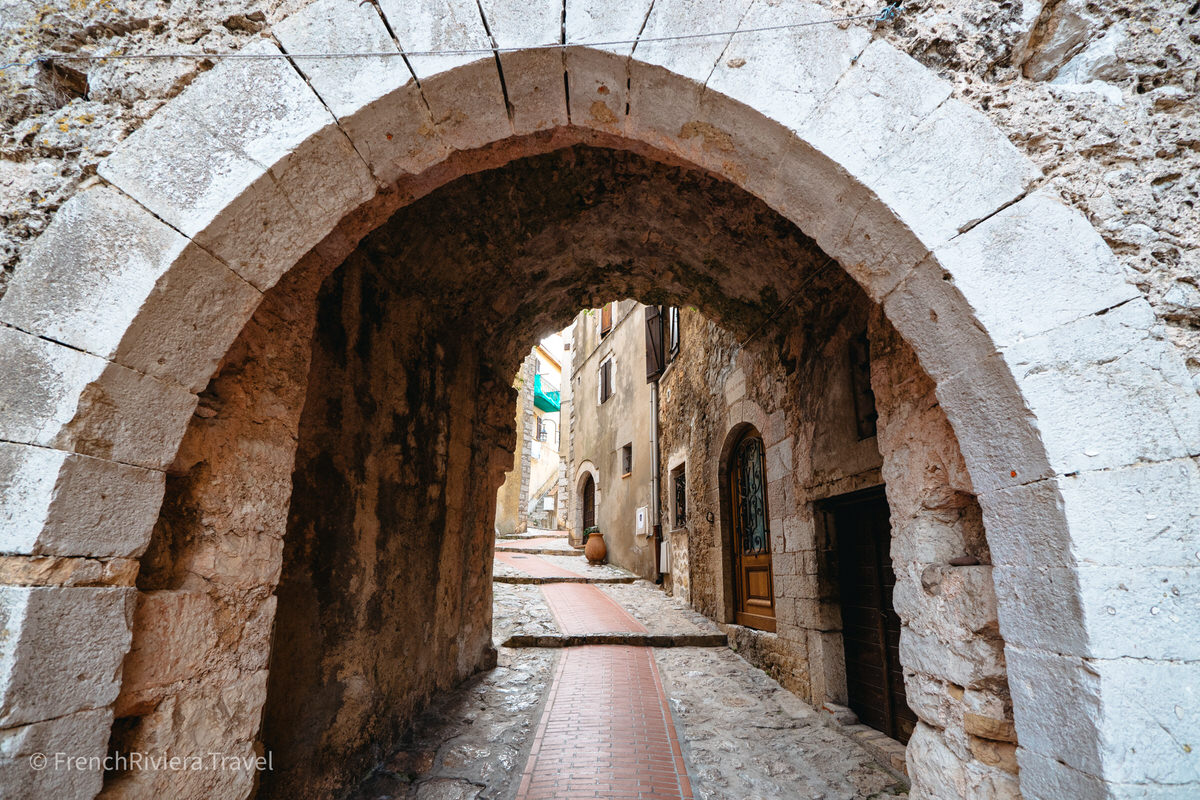
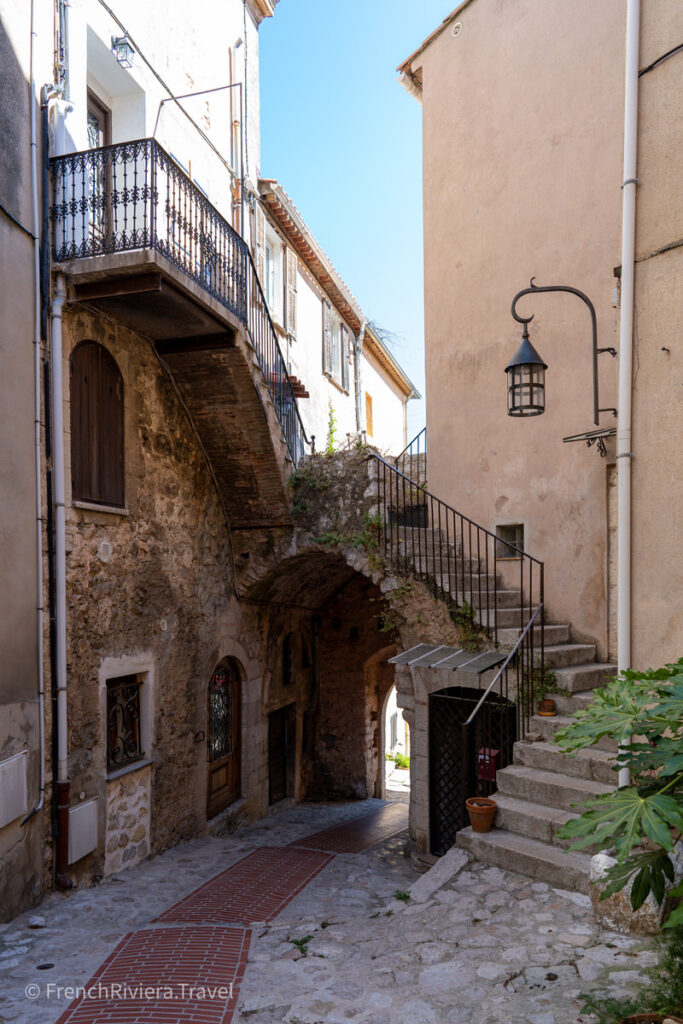
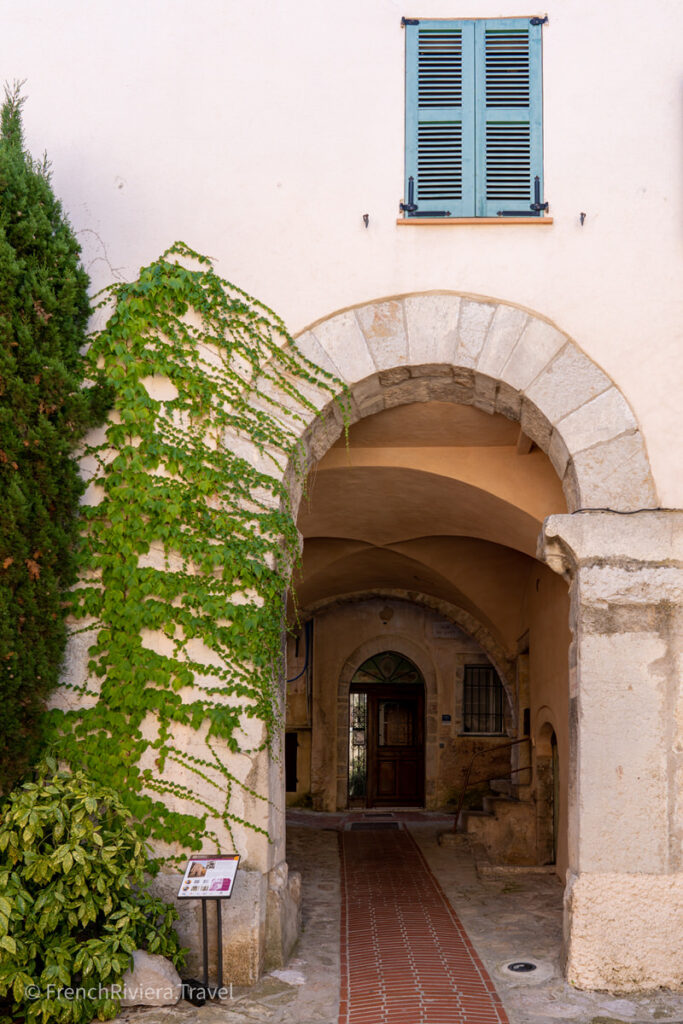
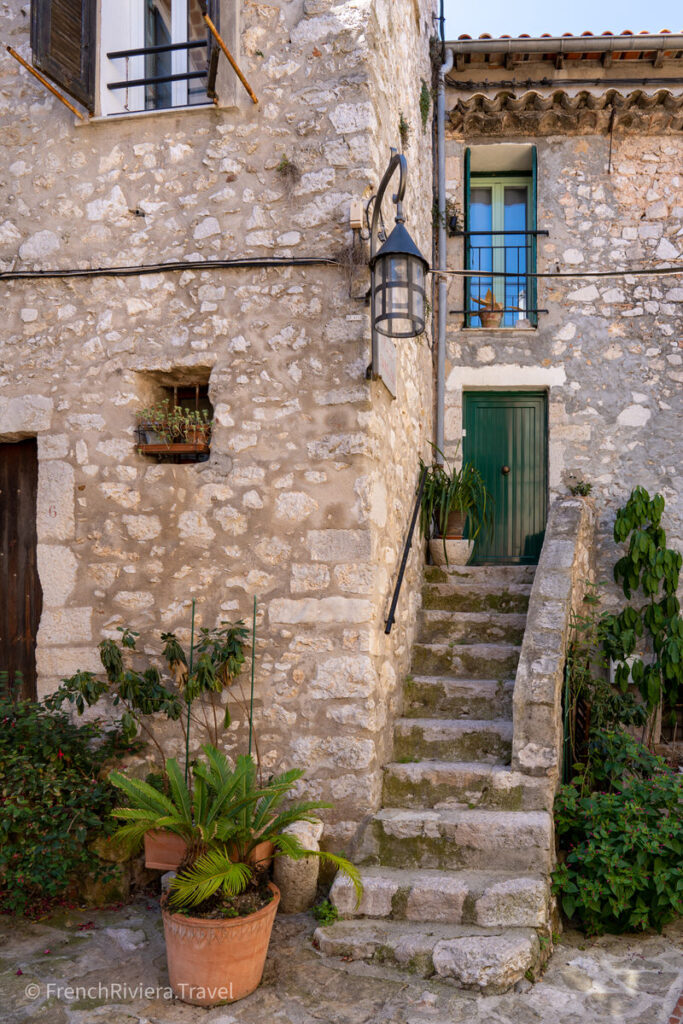
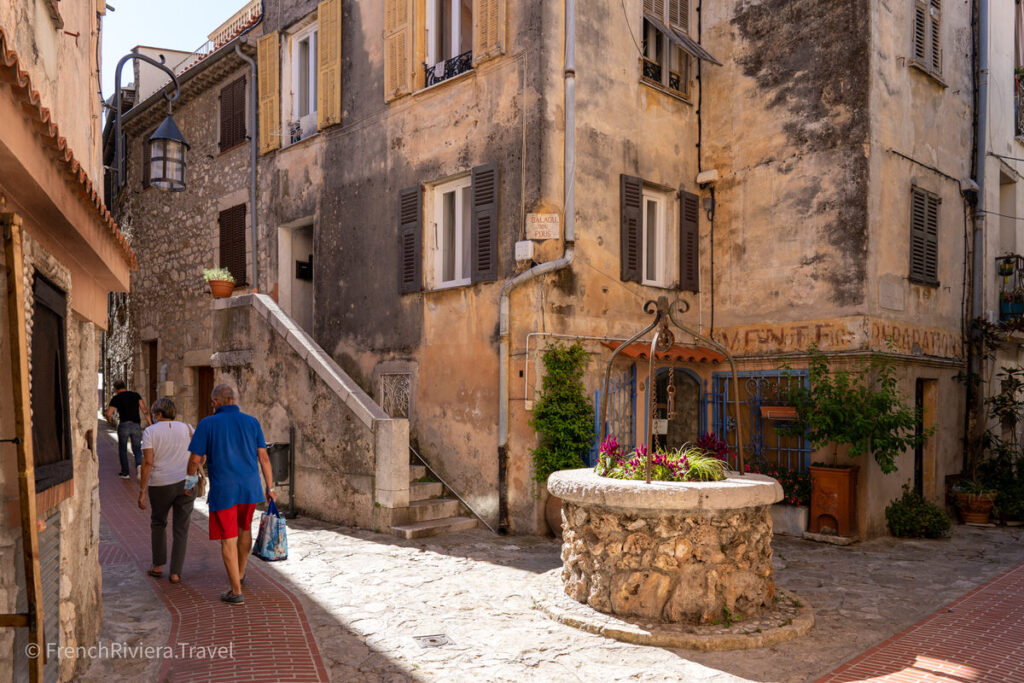

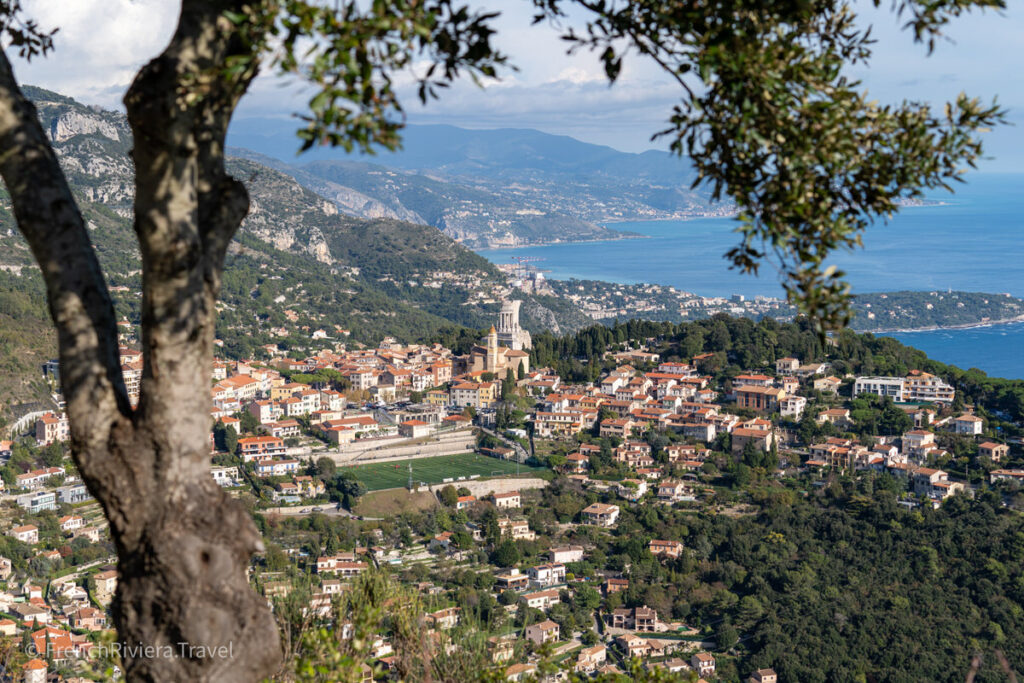
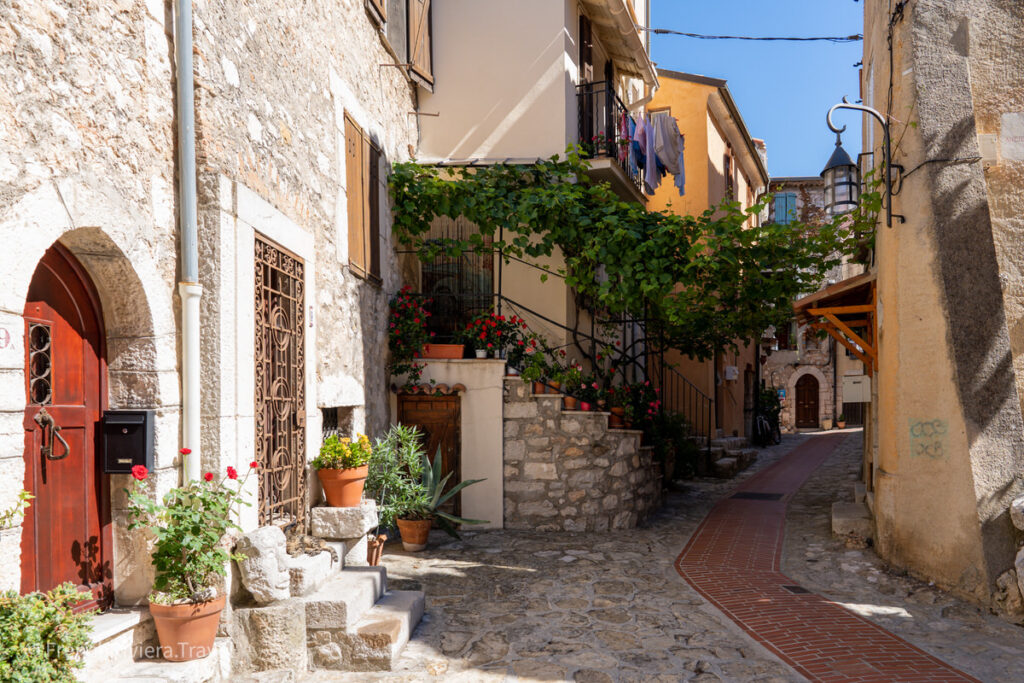
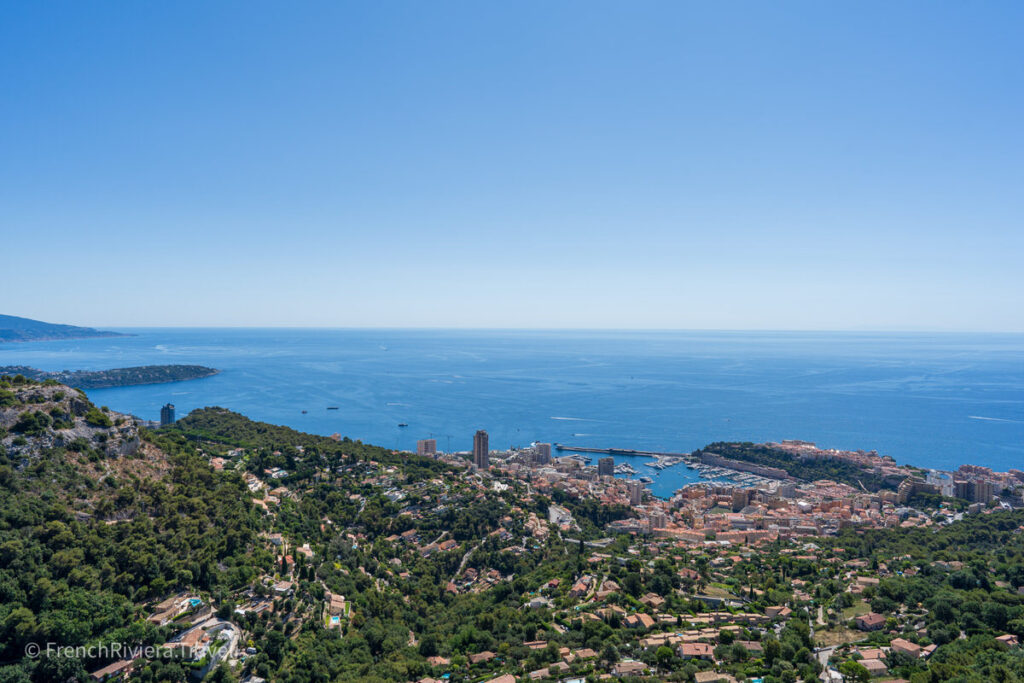
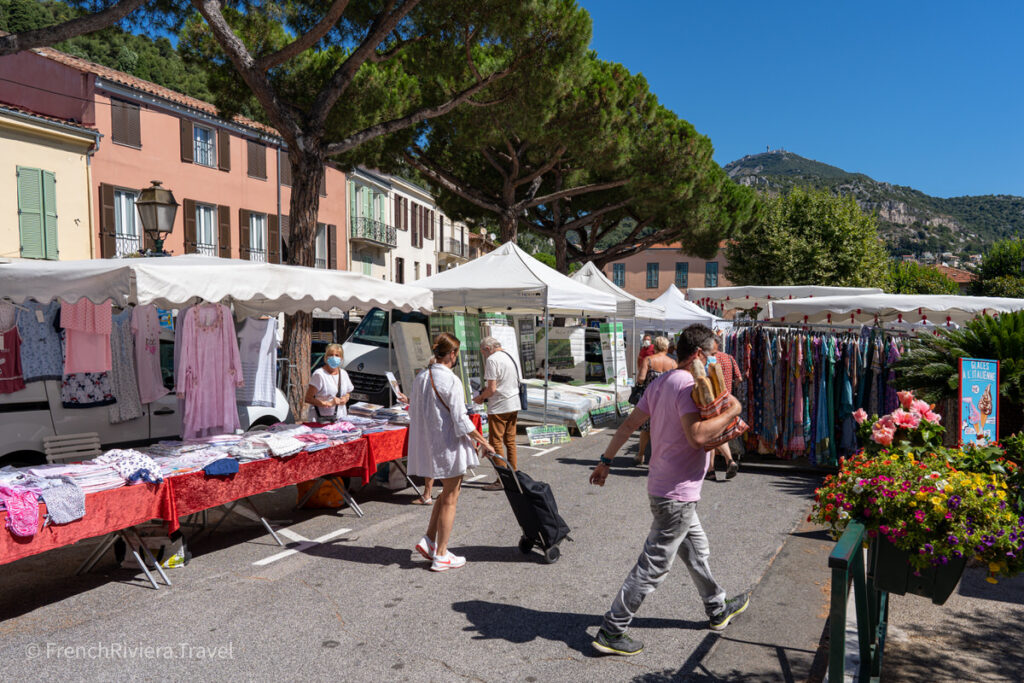
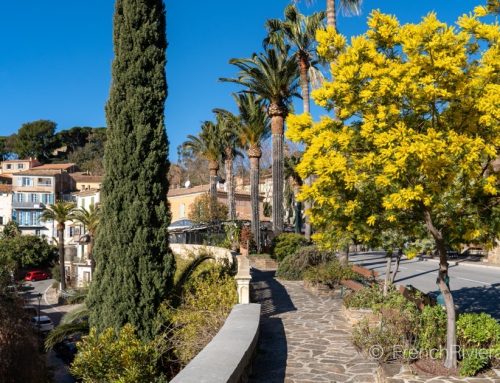
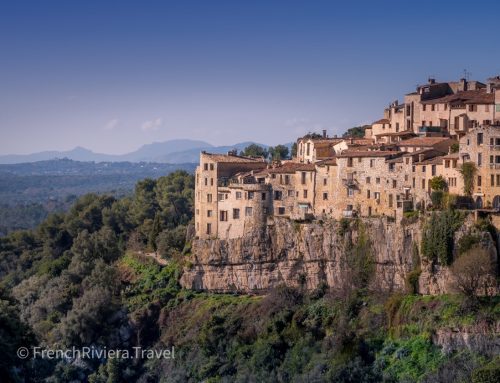
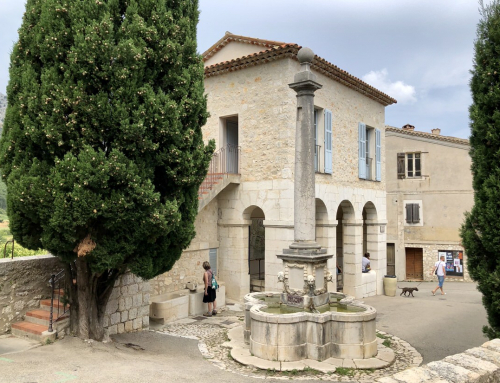
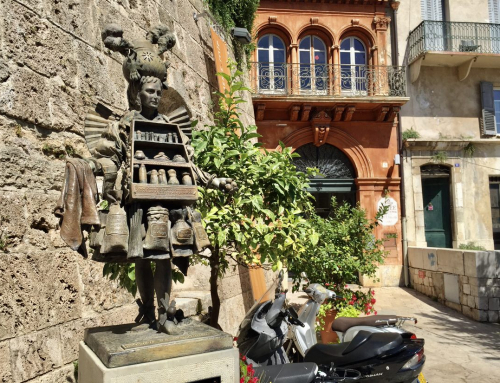

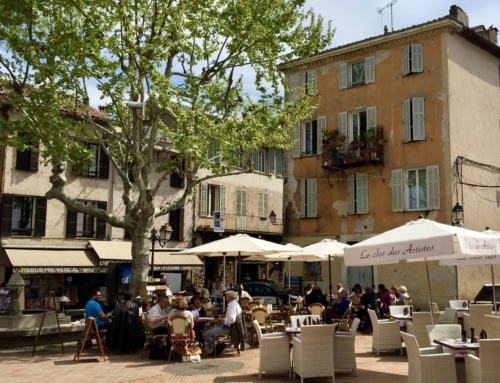
Good morning. We are hoping to visit the Trophy next Saturday, can you please confirm it is open and the times of opening. many thanks